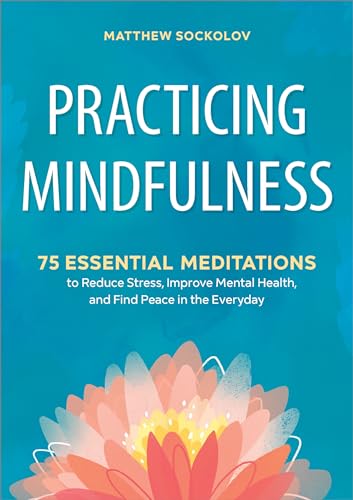To structure a meditation class, begin with a brief introduction, followed by guided meditation, silent practice, and a closing discussion or Q&A session.
Leading a meditation class requires careful planning, intention, and structure. Whether you’re teaching beginners or experienced practitioners, the right format creates a transformative experience. This guide covers everything from setting intentions to crafting the perfect session flow.

Clarify Your Meditation Class Purpose
Before planning logistics, connect with your deeper why. Ask yourself:
- What transformation do I want to facilitate?
- Who specifically will benefit from this class?
- How does meditation serve my students’ needs?
Your purpose becomes the foundation for all decisions – from scheduling to content. A class for stressed professionals differs from one focused on third eye chakra activation or spiritual awakening.
Identify Your Ideal Students
Consider creating student personas:
| Persona | Needs | Best Time |
|---|---|---|
| Busy professionals | Stress relief, focus | Lunch hours, evenings |
| Parents | Emotional balance | School hours, weekends |
| Spiritual seekers | Deeper awareness | Mornings, retreat days |

Essential Meditation Class Structure
The most effective classes follow a rhythm that guides participants gradually deeper into practice. According to Mindful.org, a clear structure helps students feel safe to explore their inner experience.
1. Opening (5-10 minutes)
Create sacred space with:
- Brief welcome and introduction
- Lighting a candle or playing soft music
- Setting the session intention
- Simple breathing exercise to arrive
2. Guided Meditation (15-30 minutes)
The core practice might include:
- Body scan for grounding
- Breath awareness techniques
- Mantra repetition
- Visualization exercises
For chakra-focused classes, incorporate healing crystals that correspond to specific energy centers.
3. Integration (10-15 minutes)
Help students transition with:
- Gentle movement or stretching
- Journaling prompts
- Group sharing circle
- Closing ritual (singing bowl, affirmation)
Advanced Structuring Techniques
Seasoned teachers often develop signature formats. Consider these approaches:
Thematic Classes
Build sessions around specific themes:
- Monthly chakra focus (root to crown)
- Seasonal cycles (equinoxes, moon phases)
- Emotional states (anxiety, joy, grief)
Progressive Series
Design multi-week journeys:
- Week 1: Basic breath awareness
- Week 2: Body scanning
- Week 3: Emotional witnessing
- Week 4: Loving-kindness practice
Creating the Right Environment
Physical space significantly impacts experience. The Harvard Medical School notes that environment affects meditation depth.
In-Person Setup
- Comfortable seating (cushions, chairs)
- Soft lighting (dim or natural light)
- Minimal distractions (quiet location)
- Sacred objects (crystals, altar items)
Virtual Class Considerations
- High-quality audio setup
- Neutral background
- Tech troubleshooting guide
- Digital handouts or playlists
Timing Your Session Perfectly
Ideal duration depends on student level:
| Level | Meditation Time | Total Session |
|---|---|---|
| Beginner | 10-15 minutes | 30-45 minutes |
| Intermediate | 20-30 minutes | 45-60 minutes |
| Advanced | 30-45 minutes | 60-90 minutes |
Always include buffer time for questions and transitions. The most important factor is consistency – students benefit most from regular practice.
